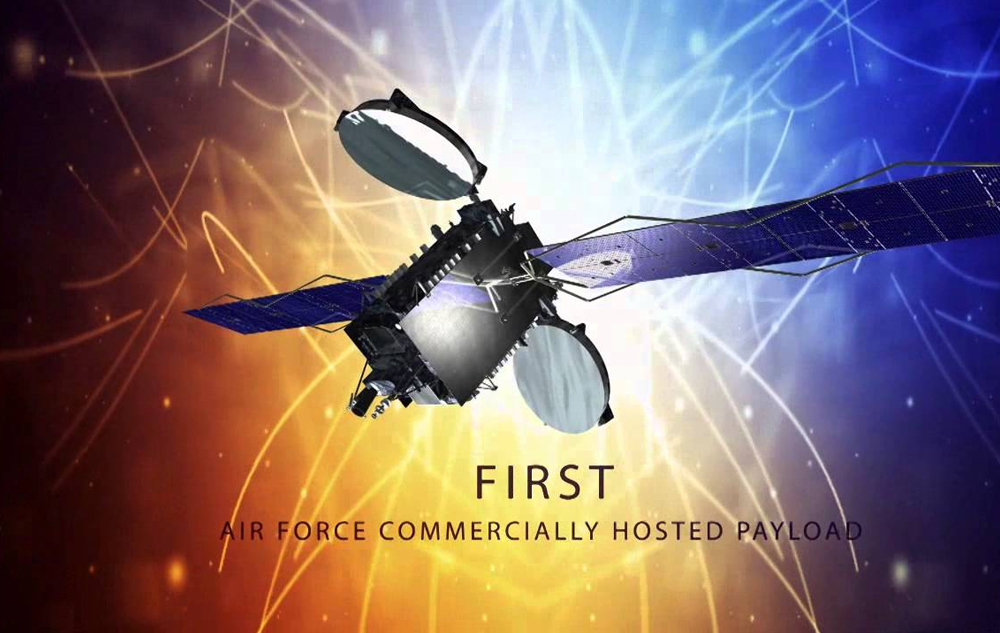In September of 2011, a SES satellite was launched with some special cargo aboard – the first ever U.S. Air Force Hosted Payload on board a commercial spacecraft. This program was most widely known as the Commercially Hosted Infrared Payload (CHIRP), and its mission was to demonstrate the viability of Wide Field of View (WFOV) Overhead Persistent Infrared (OPIR) payloads over the course of a year.
 The CHIRP program was successful in accomplishing all of its mission objectives and had its initial demonstration period extended a total of three times. According to the Air Force, the more than 300 terabytes of OPIR data collected by CHIRP enabled, “Analysis of more than 70 missile- and rocket-launch events and more than 150 other infrared events.”
The CHIRP program was successful in accomplishing all of its mission objectives and had its initial demonstration period extended a total of three times. According to the Air Force, the more than 300 terabytes of OPIR data collected by CHIRP enabled, “Analysis of more than 70 missile- and rocket-launch events and more than 150 other infrared events.”
CHIRP was finally decommissioned in December of 2013, following 27 successful months of demonstrations.
We recently had the opportunity to interview the team responsible for the success of the CHIRP program. This team included Rich Pang, the Senior Director of Hosted Payloads at SES Space and Defense, Brent Armand, the Director of Hosted Payloads for Orbital ATK and John Fleming of Leidos (formerly SAIC).
During our conversation, we discussed the CHIRP program, the benefits of hosted payloads to the federal government and how to secure sensitive government data in hosted payload environments.
Here is what Rich, Brent and John had to say:
For additional information on hosted payloads, their benefits to the federal government and how they can provide economical access to space for government agencies and branches of the military, download the SES hosted payload white paper by clicking HERE. Or, read the following hosted payload resources:
